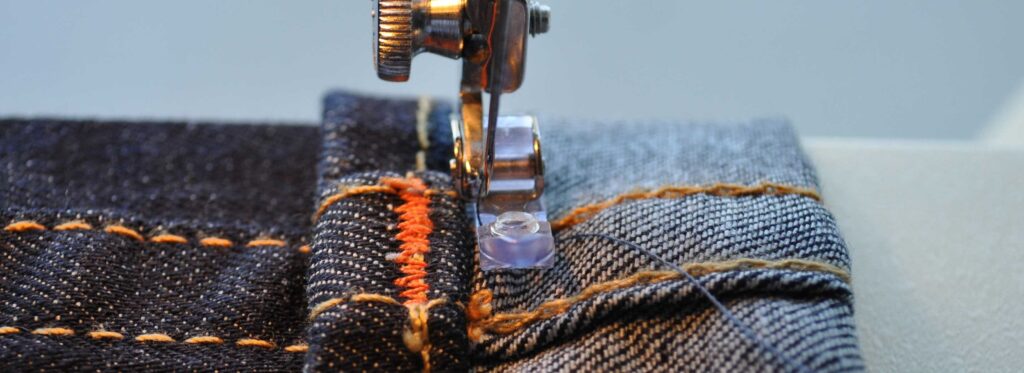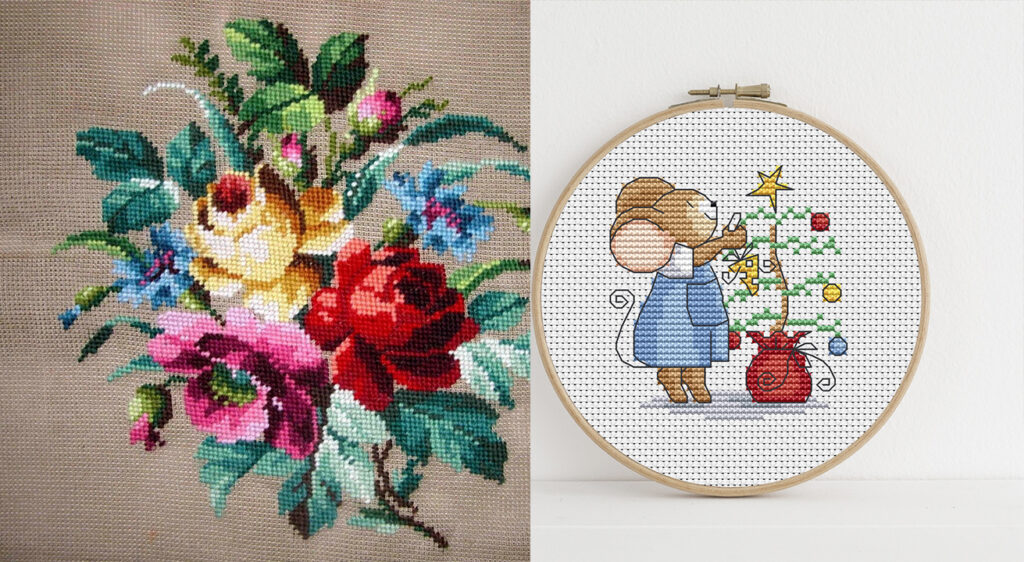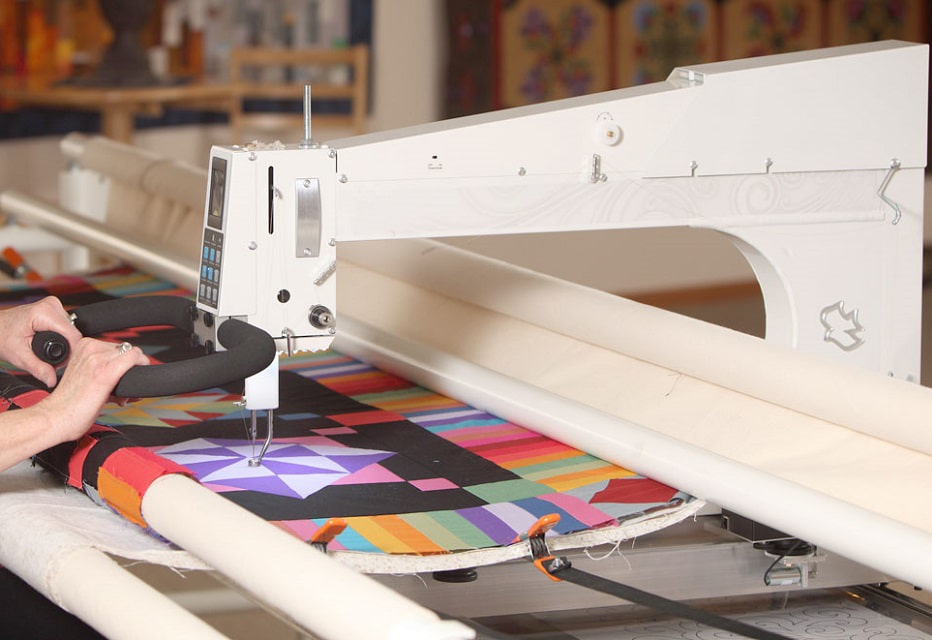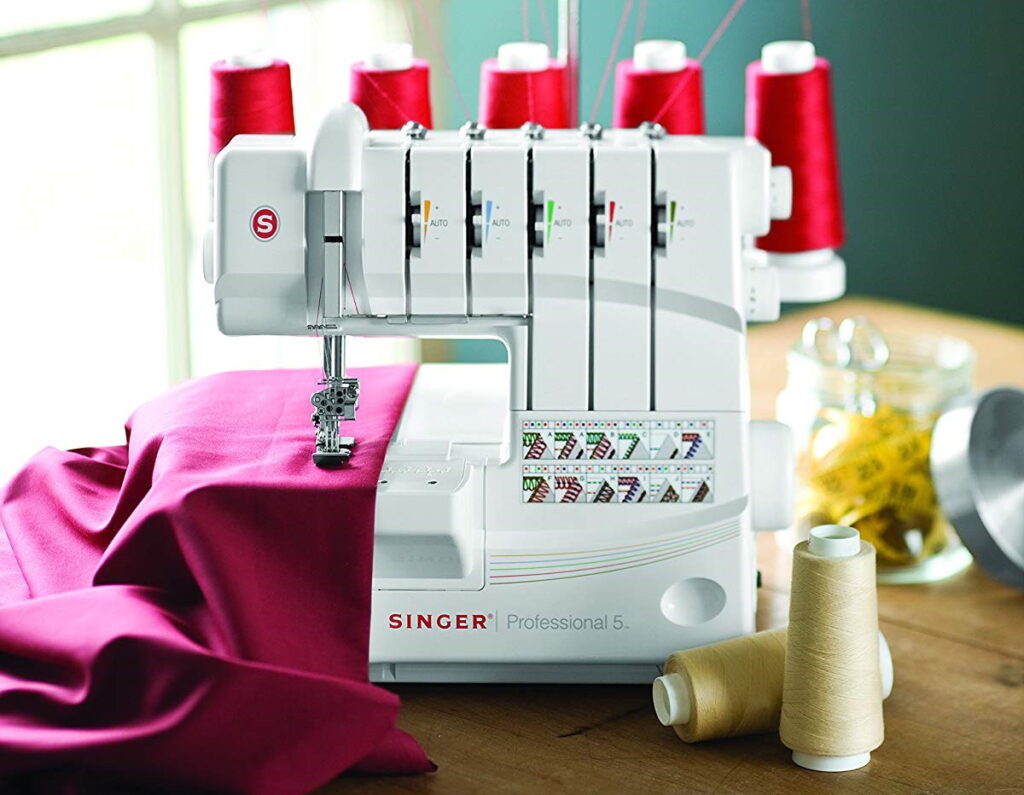The first sewing machine Trusted Source sewing machine | Britannica Sewing machine, any of various machines for stitching material (such as cloth or leather), usually having a needle and shuttle to carry thread and powered by treadle, waterpower, or electricity. www.britannica.com design was created in 1830 and these machines have only got better over the last two centuries. There has been an abundance of features added, including multiple stitch patterns, computerized mechanisms, and a variety of accessories to make sewing a much simpler task than it used to be. Though you may think that these upgrades make it easier to know how to choose a sewing machine, beginners may find all of these options a bit confusing.
That’s why it’s important to know what to look for in a new sewing machine. You should consider what you’ll be using it for, including the projects you have in mind and the materials you’ll be using. You may also want to consider other factors, like your skill level, budget, and even the manufacturer of the sewing machine you’re considering. Once you’ve decided what you need in a new sewing machine, the choice will become much simpler.
Your skill level is the first thing that should be considered when choosing a new sewing machine. If it is your first time trying out this hobby, you don’t need a high-end machine with a hundred stitches on it for the simple projects you’ll be trying out.
There are a variety of beginner sewing machines available that include less complicated functions while still giving you the ones you need to get started. One option is the Janome 2212, which has a low price tag and simple features. More advanced sewers can try out a sewing machine with those extra functions to create more complex projects.
Your budget is also something to consider. Those who can’t afford a high-end sewing machine that costs $1000 or more should stick to a cheaper model. There are a ton of sewing machine brands and models to choose from, so you shouldn’t need to spend more than you can afford to get the right machine to suit your needs.
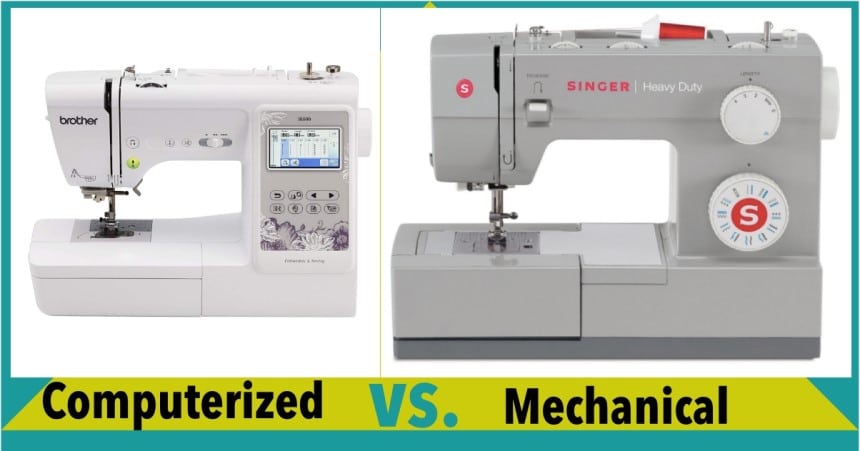
The computerized sewing machines cost a bit more but they have the benefit of making perfectly straight stitches every time you use them. They have simplified functions, including programmable stitch sequences, making it easier to sew than the manual models. Computerized models also include a high-powered motor that is perfect for those heavy-duty materials and projects. They are more difficult to maintain, though, often requiring the assistance of a professional.
When it comes to stitch options, there may be a lot more of them than you may realize. These include straight, zigzag, buttonhole, stretch or knit, blind hem, and utility stitches, just to name a few. If you look at some sewing machines, there could be dozens of stitch options included, though even professional sewers likely won’t use them all.
The basic stitches are likely good enough for new sewers, while advanced users may want to expand their projects, needing more stitch options to do them right. Consider the types of projects you have in mind and find a machine with the stitch options you need. Once you’ve gotten the hang of the stitches on a smaller machine, you can always upgrade when you’re ready.
Lightweight fabrics can be sewn on any sewing machine but those heavier fabrics, like denim, leather, or canvas will need a heavy-duty machine. A model like the Singer 4432 is a good choice for this, due to the heavy-duty frame, high stitching speed, and adjustable stitch sizes. Of course, a heavy-duty machine is only part of the equation. You’ll also need a heavier needle for those fabrics. Thin needles will bend or break, which could damage the material and your sewing machine if the pieces get inside it.
If you’re planning on working on more decorative sewing projects, you will need to look for machines that offer this type of work. If you need to choose a sewing machine for quilting, there are models designed to sew through multiple fabric layers. They also may include an extender, which is incredibly useful for those large projects. Embroidery machines offer more options for needlework, designs, and patterns for a variety of different fabrics, allowing you to do decorative stitching that other machines may not have available.
Not everyone needs a portable machine, especially if they have a dedicated space in their home where they do all of their sewing. Those who need to move their sewing machine to a closet or cupboard between uses, or take their sewing machine out of the house to work on their projects, may need a machine that is travel-friendly. These machines should be lightweight, preferably with a handle or some sort of carry case.
There are dozens of sewing machine manufacturers peddling their goods in stores and online, which can make it difficult to know which ones to trust and which ones are selling shoddy goods. It may be a good idea to research the brands to see how long they have been in business and how professional sewers view their products.
For instance, Brother has been making sewing machines for over 100 years, as well as several other home and office items. Brands like Singer, Juki, and Janome are a few other quality options, with several sewing machine models available for any skill level.
There are also a few other features you may want to consider if you need to choose a good sewing machine. Not all of the models you will come across will include them, so it is up to you to determine which ones are most important.
Front-loading or side-load bobbins fit in the front of a sewing machine or behind a small door to the accessory area. They sit vertically and require a bit of effort to get them in place since you need to take out the accessory compartment to change them. They are also a bit trickier to thread and adjust the tension.
A top-loading or drop-in bobbin fits beneath the needle plate, so it is easy to insert or remove it. They are easy to thread and need no tension adjustments, plus the stitching is of higher quality. Sewing machines that include drop-in bobbins usually also include a clear plastic needle plate, so you can monitor the thread level.
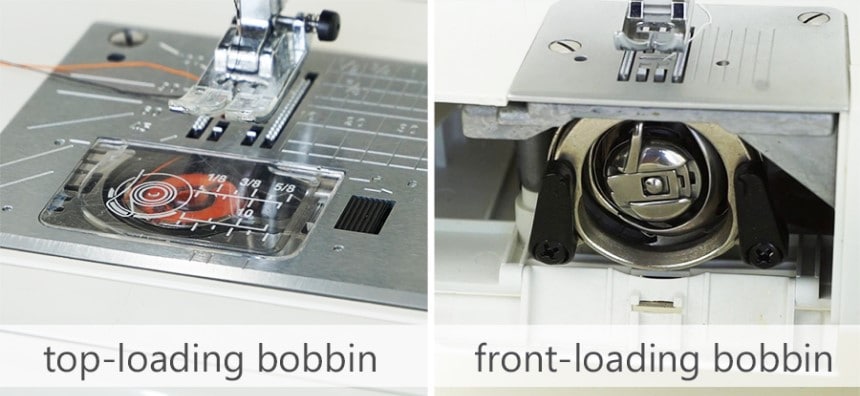 Needle up/down
Needle up/downA machine that includes this feature lets you stop sewing with the needle in both the up and down positions. This is handy for those times when you need to turn the fabric in the middle of stitching.
Adjustable speed control allows you to alter the speed of the fabric that is fed through the sewing machine. This is a must for difficult projects that require you to work a bit slower than the more simplified pieces.
Many new sewing machine models include an automatic thread cutter, which allows you to cut the thread with the push of a button. This saves time during your projects, though some of the automatic cutters are better than others, so you may want to test out a few machines before choosing this option.
Some pieces that you sew have thin, round pieces that can’t be laid flat, like pant hems, sleeves, and collars. A free arm is a piece on the sewing deck that can be removed as needed to easily slip these pieces under the needle. The free arm may also be a removable storage area on the front of your sewing machine at the same time.
Though it is believed to be an accessory for quilters, the walking foot is a handy tool for anyone sewing multiple layers of fabric or anyone attempting to match plaid material across the seams for a more uniform look. This foot is designed to grip the fabric on the top layer and keep it moving beneath the needle at the same speed that the feed dogs are moving the bottom fabric layer. This prevents the multiple layers from shifting as you sew them together.
Though the lighting on older sewing machines may not have been the best, new models have updated their lighting to ensure that you can clearly see what you’re sewing. Check out the positioning and brightness of the light on the sewing machine you’re considering to be sure it keeps everything you’re working on clearly displayed.
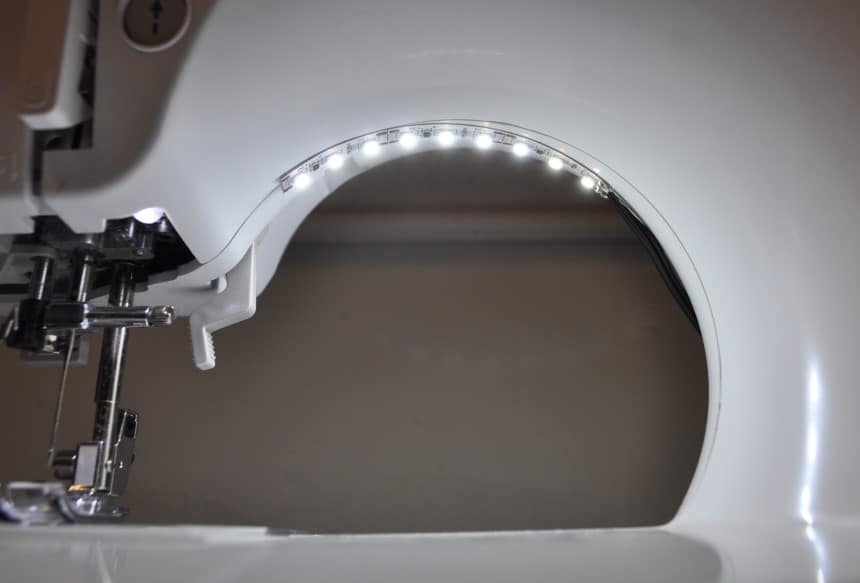 Accessories included
Accessories includedThough the basic sewing machines may have limited accessories due to their low price, some machines have a few more extras included. There are a few extra feet that you may find useful, including a spring action foot, ¼-inch foot, zipper foot, buttonhole foot, overcast stitching foot, and button attaching foot.
Some sewing machines may also include a removable work table that can be extended as needed and a cover or case to keep your machine clean and ready for travel. Extra needles and bobbins may also come with a good sewing machine.
Though you hope to never use it, the warranty terms are one of the most important features to look for when it comes to sewing machines. Knowing what the warranty covers and what it doesn’t will tell you how much trouble the machine is going to be to repair or replace if it fails at some point during use. The time period is also important since a 6-month warranty won’t help you if issues with your sewing machine don’t show up until you’ve had it for a year. The better the warranty, the more comfortable you’ll feel using the machine.
If you’re unsure about how to choose a sewing machine, the number of options available to you in this category may seem daunting. This doesn’t need to be the case, though. A bit of information about what to look for in a good sewing machine will make all the difference when it comes time to shop for one.
Be sure to consider important factors, like your skill level, budget, and the fabric and projects you’ll be using the sewing machine for. You may also want to check out the features and accessories included to be sure you’ll have exactly what you need to get started, no matter what you’re skill level is. Once you’ve pinned down the details on exactly what you need in a new sewing machine, choosing one will be a breeze.


